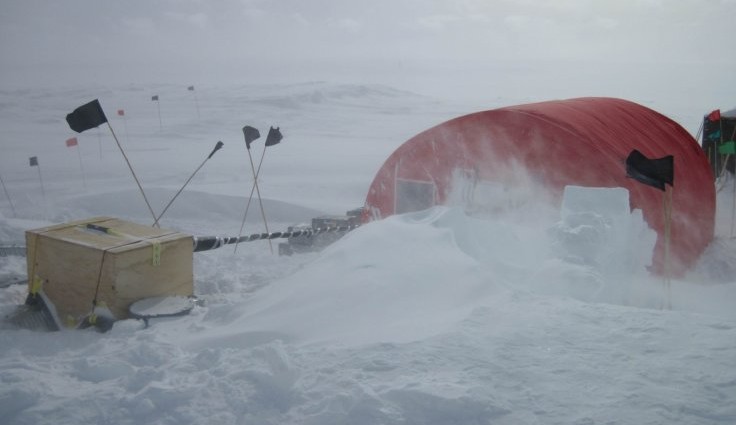Antarctica is still reeling from rapid melting in the last ice age

Antarctica warmed at 2 to 3 times the rate of the rest of the planet when the last ice age thawed, and records of how the temperatures changed are still present deep in the ice, new research finds.
Over a period of 10,000 years, Antarctica warmed by up to 7C more than the rest of the planet. The ice age began to decline 20,000 years ago. The bulk of Antarctica's thawing was done by about 15,000 years ago, several millennia sooner than the northern hemisphere.
By the end of the warming period, Antarctica's temperature had risen by 11C, compared with only about 4-7C on average in the rest of the world. The research is published in the journal PNAS.
The researchers used a borehole in the ice of the West Antarctic Ice Sheet that had been drilled for other experiments to measure the temperature of the ice deep within the sheet. There is still a temperature gradient in the sheet left over from the last ice age, the authors say. Deep ice that is 20,000 years old – just over a kilometre down – is still 1C colder than the ice close to the surface.
There were several factors that made the Antarctic warm more and faster than the rest of the world, the researchers say. The way that the oceans transported heat in the southern hemisphere, the amount of sunlight reaching the surface and levels of atmospheric carbon dioxide all acted to speed up Antarctic melting.
The results tie in well with climate models that can be used to make predictions about how climate change will affect the polar regions. This supports forecasts that Antarctica will warm twice as quickly as the rest of the planet.
"If you look at the global climate models that have been used to analyse what the planet looked like 20,000 years ago – the same models used to predict global warming in the future – they are doing, on average, a very good job reproducing how cold it was in Antarctica," said study author Kurt Cuffey of the University of California, Berkeley.
Политика конфиденциальности | Правила пользования сайтом








